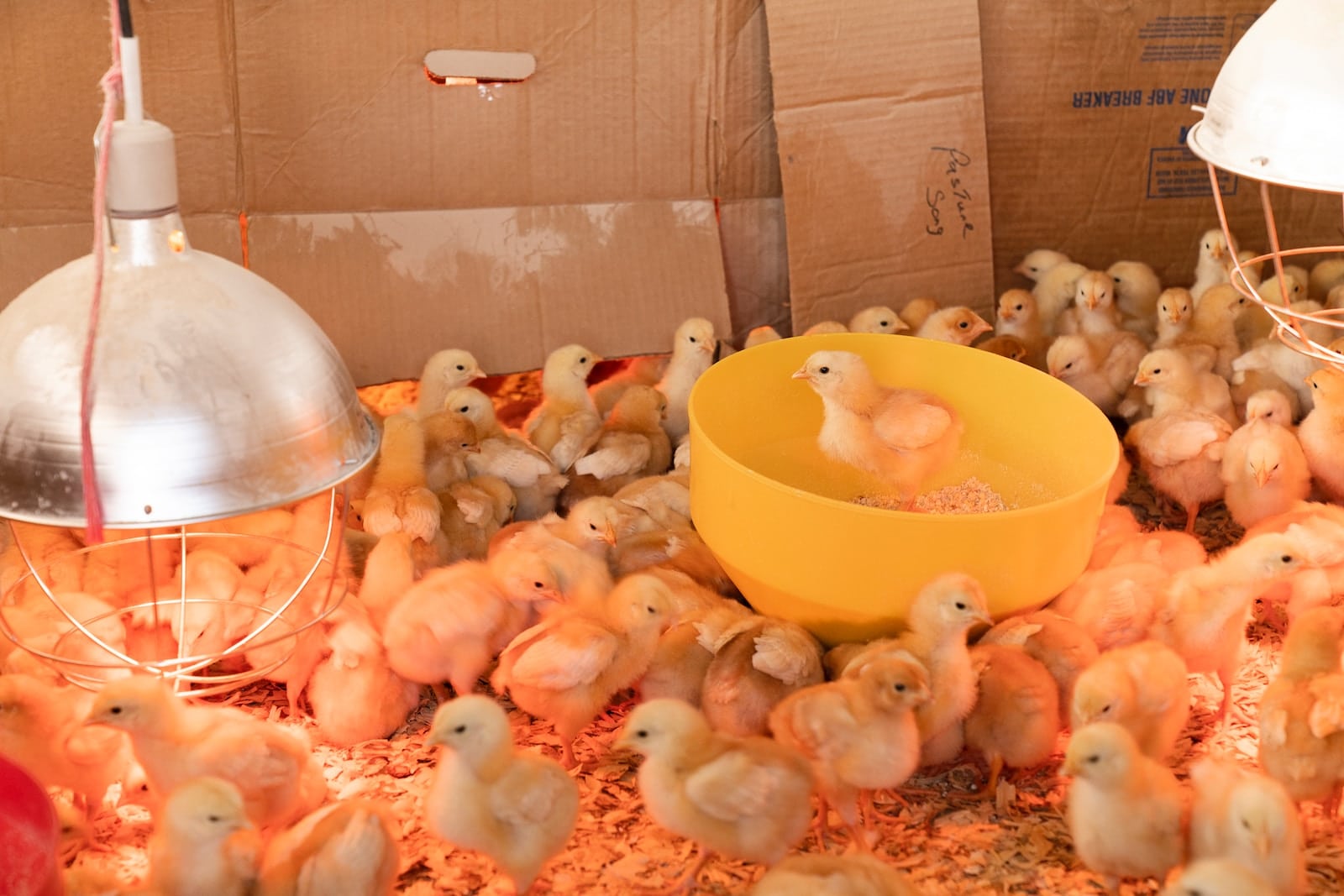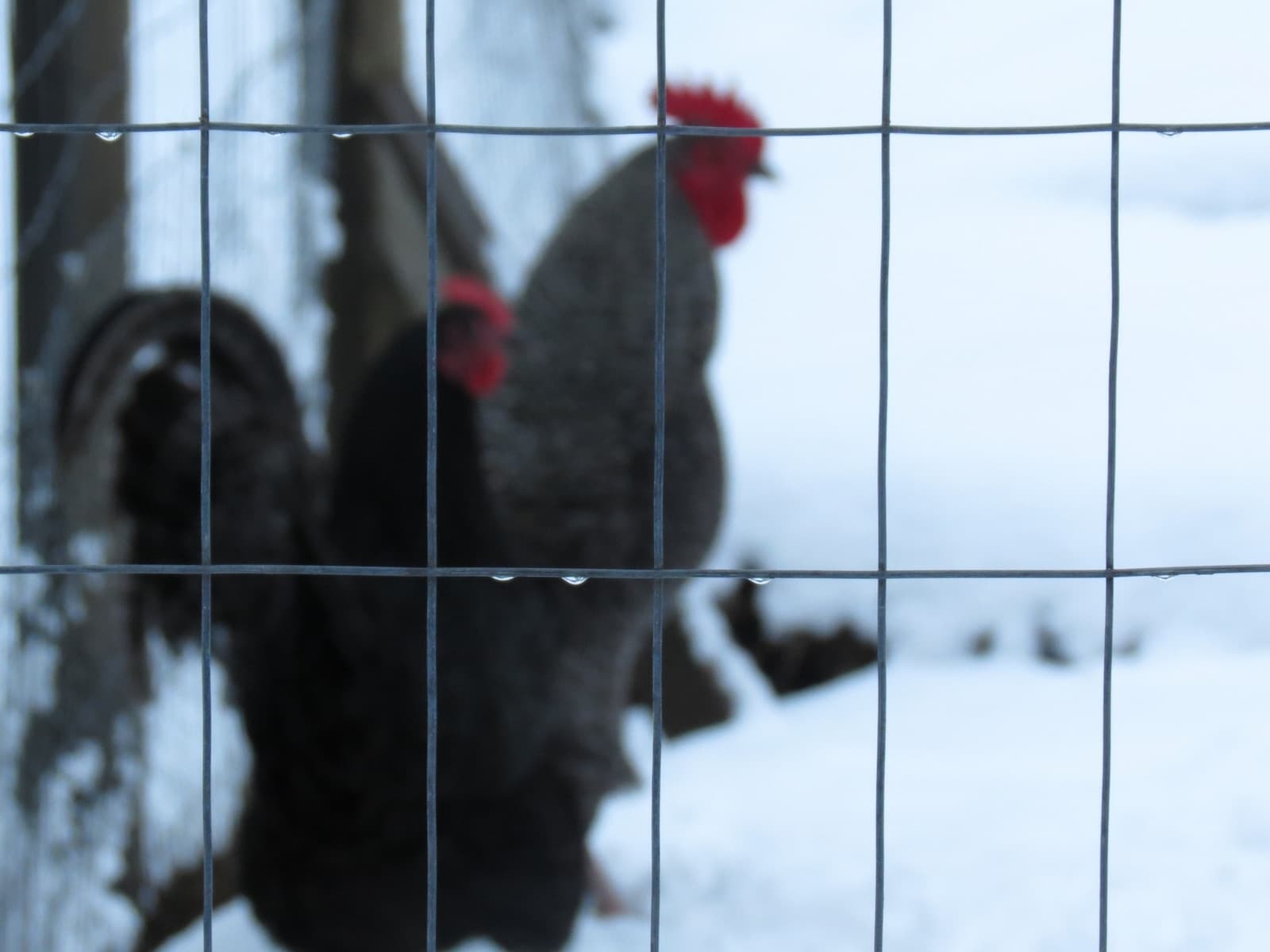As winter approaches, one might wonder how chickens manage to stay warm during the cold months. Chickens, like many other animals, have developed unique ways to cope with low temperatures. Understanding these strategies is essential for those who raise chickens, as providing additional care for your flock during winter can ensure their health and well-being.
Chickens primarily rely on their feathers to stay warm in cold weather. These feathers trap a layer of still air close to the body, acting as insulation and keeping the bird warm. Chickens also huddle together, sharing body heat and reducing heat loss. Additionally, they have a high metabolic rate, which can generate enough internal heat to maintain their body temperature even in low external temperatures.
Aside from their natural coping mechanisms, caring for chickens in the winter may require some extra precautions from their caretakers. Providing a draft-free and well-insulated coop, ensuring access to unfrozen water, and offering nutritious feed can help your chickens stay healthy and comfortable during the cold months.
Chickens’ Physical Adaptations and Behaviors
Chicken Feathers and Molting
Chickens naturally adapt to the cold weather by growing thicker feathers in winter. These feathers provide insulation, helping them maintain their body temperature. Molting is a process in which chickens lose their old feathers and grow new ones. Typically, this process occurs once a year, before winter, giving chickens a fresh and warm layer of insulation. The thick layer of feathers traps warm air close to their bodies, effectively protecting them from low temperatures.
Chicken Diet in Winter
During the winter months, chickens require a high-energy diet to maintain an ideal body temperature. Their diet primarily consists of protein sources, such as scratch grains, cracked corn, and seeds.
| High-energy foods | Protein sources |
|---|---|
| Scratch grains | Mealworms |
| Cracked corn | Black soldier fly larvae |
| Seeds |
A balanced diet is essential for chickens to stay warm in winter. This includes providing treats, such as sunflower seeds, that are rich in both fats and protein. Owners should also ensure that their chickens have access to fresh water and adequate minerals and vitamins to maintain their overall health during colder months.
Egg Production and Body Heat Generation
Egg production may decrease during winter due to the shorter daylight hours and lower temperatures. However, this reduced egg production may have a positive effect on the chickens as they can focus their energy on maintaining their body temperature. By prioritizing their energy use towards staying warm, they can better adapt to the cold weather.
Chickens generate body heat through their metabolism, which turns the food they eat into energy. The energy produced in this process is used to maintain their body temperature and functions. This internal heat generation is another way chickens effectively combat the cold winter conditions.

Maintaining a Safe and Warm Coop
Coop Construction and Insulation
An essential part of keeping chickens warm in the winter is constructing a well-insulated coop. This provides an environment that shields them from cold drafts and moisture. When building a coop, use high-quality materials, such as plywood, to insulate the walls and roof. Insulation also helps to regulate the temperature inside the coop, making it a suitable space for the chickens to roost.
Effective Ventilation and Humidity Control
Although insulation is crucial, proper ventilation is equally important. Insufficient ventilation can lead to high humidity and condensation inside the coop, creating a breeding ground for harmful bacteria and pathogens. It is vital to provide ventilation through strategically placed vents or windows, allowing fresh air to circulate without letting in cold drafts.
Water Provision and Heated Waterers
Providing fresh water is essential for the health of backyard chickens, particularly during winter when water sources can be scarce. Utilize heated waterers to prevent water from freezing and ensure your chickens have access to fresh water throughout the day.
Use of Heat Lamps and Electricity
Some chicken owners may opt to use heat lamps or electric heaters to provide supplemental heat in the coop. However, exercise caution when using these items, as they can increase the risk of coop fires. If you decide to go this route, ensure proper installation and regular inspection of electrical equipment to reduce hazards.
Deep Litter Method and Bedding
The deep litter method is an effective and natural way to insulate the floor of the coop. It involves layering pine shavings, straw, or other absorbent bedding materials on the floor of the coop, allowing them to decompose and generate heat. This system not only provides warmth to the chickens but also aids in reducing foul odors and keeping the coop clean.
Protecting Chickens from Frostbite and Predators
Chickens can be susceptible to frostbite during winter months. To mitigate this, provide a well-insulated roost where they can rest off the ground, limiting contact with cold surfaces. Also, ensure that the coop is secure from potential predators such as raccoons or foxes, as they can pose a significant threat to outdoor chickens during winter.
Special Considerations for Extreme Cold Regions
In areas with exceptionally harsh winters, such as Alaska and Canada, additional measures might need to be taken to keep chickens warm. These include constructing thicker coop walls, using higher-quality insulation materials, and providing constant access to heated waterers and supplemental heat sources.

